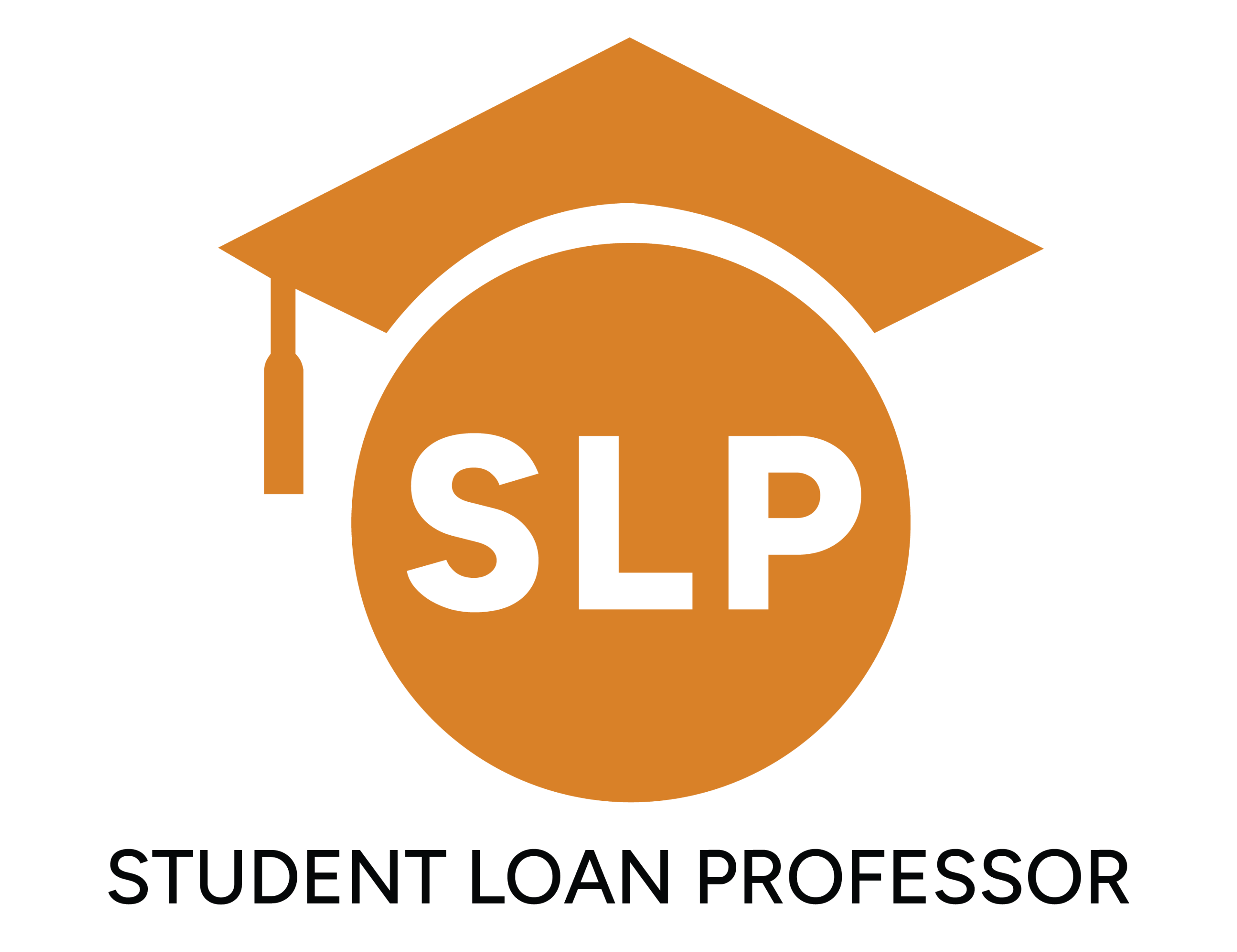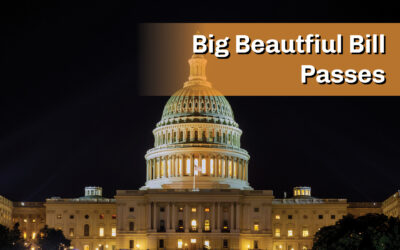Key Takeaways
- PenFed offers spousal loan consolidation and Parent PLUS refinancing into a child’s name.
- Borrowers benefit from no fees, fixed interest rates, and flexible repayment terms.
- Cosigners can be released after 12 months of consecutive on-time payments.
- Membership is required but open to all U.S. citizens, with no military affiliation.
What Is Penfed Student Loan Refinancing?
PenFed, or the Pentagon Federal Credit Union, offers student loan refinancing for individuals with a PenFed membership. Borrowers can replace one or more existing loans with a new private loan under different terms.
PenFed can refinance both federal and private student loans.
The main goal behind refinancing loans is to secure a lower interest rate, reduce monthly payments, or consolidate multiple loans into one.
For example, let’s say you have $50,000 in student loans with a 7% interest rate. By refinancing with PenFed at a 5% interest rate for a 15-year term, you could save thousands in interest over the life of the loan.
How Does PenFed Student Loan Refinancing Work?
PenFed, like most student loan refinancing companies, requires a detailed application process for all students looking to consolidate and refinance their loans.
Here’s how it works.
Prequalification and Membership
The first step is prequalification, which determines your eligibility for refinancing your student loans.
PenFed offers a prequalification tool that performs a soft credit check, allowing you to explore the potential interest rates you might get without affecting your credit score.
During this step, you’ll need to provide basic personal and financial information, such as whether you have any federal or private student loans, their amount, and your income details.
Once you’re prequalified, you’ll need to become a PenFed member, which involves opening a savings account with as little as $5. Membership is open to all U.S. citizens, even those without military affiliation.
Select Loan Terms
The next step is to choose your loan terms. PenFed provides flexible repayment terms ranging from 5 to 15 years, which allow you to select a plan that suits your financial goals.
Shorter terms generally come with lower interest rates but higher monthly student loan payments.
Choosing longer repayment terms reduces your monthly payments but typically results in higher overall interest costs.
Application Process
Once you’ve reviewed your terms, the next step is to submit a formal application. As with any online lender, PenFed will require you to upload several documents, including:
- Proof of identity (e.g., a driver’s license or passport).
- Proof of income, such as pay stubs, W-2 forms, or tax returns.
- Details of current student loan debt, including balances, interest rates, and servicer information.
At this stage, PenFed will perform a hard credit check, which will temporarily affect your credit score.
Cosigner Support
PenFed requires a minimum credit score of 670, and your income must meet or exceed the minimum requirements. If your credit score or income does not meet PenFed’s criteria, you can apply with a cosigner.
After 12 months of consecutive on-time payments, you can apply to release the cosigner from the loan.
Approval and Loan Disbursement
Upon approval, PenFed disburses the loan funds to your current lenders to settle your existing balances. This is known as student loan consolidation, where all of your previous student loans are combined and replaced with a new loan with one monthly payment.
Once your new refinanced loan becomes active, you’ll make payments directly to PenFed only. You can manage your accounts online or through PenFed’s mobile app to make things easier.
Repayment Options
PenFed student loans only come with fixed-interest rate options, ensuring predictable payments throughout the loan terms.
You can opt for biweekly payments or make additional payments without penalties to pay off your loans faster.
However, PenFed doesn’t offer formal deferment options; it evaluates hardship cases individually.
Eligibility Criteria for PenFed Student Loan Refinancing
- U.S. Citizenship: Borrowers must be U.S. citizens. Permanent residents and international students are not eligible.
- Credit Score: A minimum credit score of 670 is required.
- Minimum Income: Borrowers must earn at least $42,000 annually without a cosigner or $25,000 with a cosigner. For loans exceeding $150,000, the income requirement increases to $50,000.
- Education: Borrowers must have graduated with at least a bachelor’s degree from a Title IV-eligible institution.
- Debt-to-Income Ratio (DTI): Undergraduates typically require a DTI of 35%, while graduate loans require 40%.
- Loan Balance: PenFed requires a minimum loan balance to refinance and caps refinancing at a certain maximum amount.
Pros and Cons of PenFed Student Loan Refinance
Pros
- Lower Interest Rates: Borrowers with solid credit or a cosigner can secure competitive rates, reducing the total cost of their loan over time. This is especially beneficial for those with high-interest federal or private student loans.
- Flexible Loan Terms: PenFed provides repayment terms that range from 5 to 15 years. Borrowers can choose shorter terms to save on interest or longer terms to reduce monthly payments.
- No Fees: PenFed doesn’t charge any prepayment, origination, or application fees, allowing you to refinance student loans without worrying about penalties and hidden charges.
- Spousal Loan Consolidation: PenFed enables married couples to consolidate their student loans, simplifying the management of combined debt. This simplifies repayment and uses the higher credit score to determine loan terms, often leading to better rates.
- Parent PLUS Loan Refinancing: PenFed allows you to refinance parent loans. You can transfer Parent PLUS loans into a child’s name, enabling the student to take over responsibility for the loan.
- Membership Perks: PenFed membership includes access to additional financial products, such as competitive mortgage rates, auto loans, and discounts on travel and financial services.
Cons
- Loss of Federal Protections: As with all federal student loans, refinancing with PenFed converts them into private loans, eliminating access to income-driven repayment plans, PSLF, and deferment options.
- Membership Requirement: Borrowers must become PenFed members to refinance their loans. While membership is simple and inexpensive, it adds an additional step to the application process.
- No Variable Interest Rates: PenFed only offers fixed interest rates, which might not appeal to borrowers seeking the flexibility of variable-rate options.
- Limited Loan Terms: While PenFed’s repayment terms range from 5 to 15 years, there is no 20-year option for borrowers with large balances seeking lower monthly payments.
Maximizing Savings with Student Loan Professor
Refinancing with PenFed can streamline your student loan payments and reduce costs through lower interest rates. If you’re ready to explore how PenFed refinancing can work for you, reach out to the Student Loan Professor today.
We’ll guide you through the process and ensure you’re making the best choice for your future.
Brandon Barfield is the President and Co-Founder of Student Loan Professor, and is nationally known as student loan expert for graduate health professions. Since 2011, Brandon has given hundreds of loan repayment presentations for schools, hospitals, and medical conferences across the country. With his diverse background in financial aid, financial planning and student loan advisory, Brandon has a broad understanding of the intricacies surrounding student loans, loan repayment strategies, and how they should be considered when graduates make other financial decisions.





